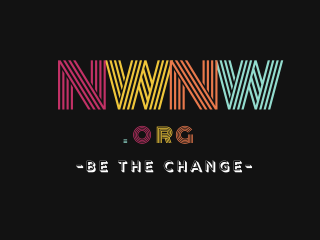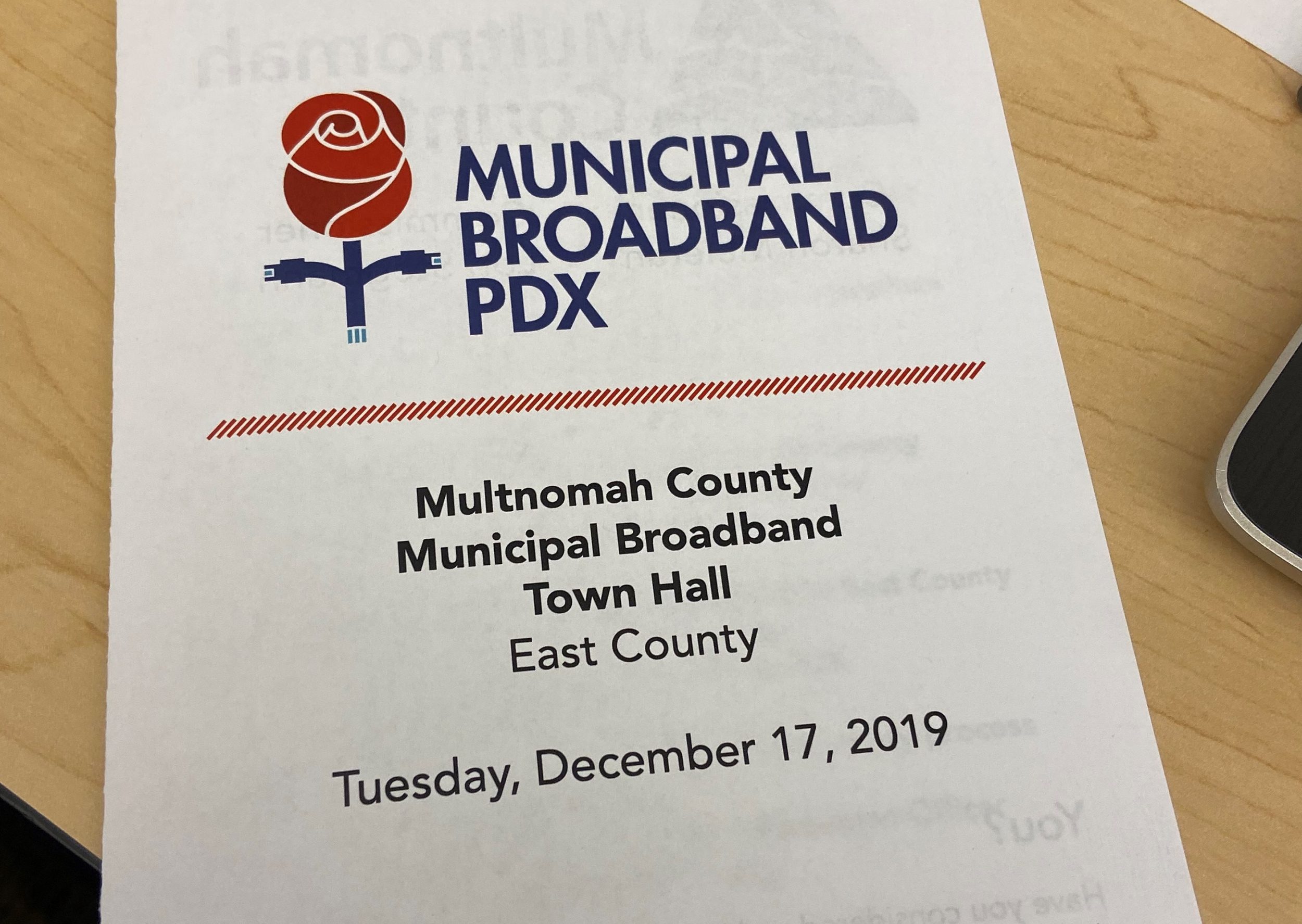Multnomah County and five local governments are soliciting public input on turning internet accessibility into a public utility.
The public involvement process is one step in a months-long feasibility study to determine if the region could create and sustain a municipal broadband network. The publicly-owned model would grant free or low-cost internet access to residents and businesses in Portland, Gresham, Troutdale, Fairview and Wood Village.
Equitable internet access is the driving motivation for Multnomah County Commissioner Jessica Vega Pederson and several commissioners supporting the study.
“Up to 20 percent of students who live right here in Multnomah County don’t have internet access in their homes,” Pederson, who represents East Portland, said. “This is absolutely an equity issue.”
15 percent of Portland-area households are not connected to the internet, according to the County. For low-income households, seniors and people of color, that percentage is much higher. 30 percent of Hispanic households lack internet access.
More than 125 people attended two town halls in December, where Commissioners Pederson, Lori Stegmann, Sharon Meieran and Susheela Jayapal voiced their support for a publicly-owned network. Participants also heard from advocacy group Municipal Broadband PDX and Bob Leek, who serves as the chief information officer for Multnomah County.
At the town hall in Gresham, Leek pointed out that more than 400 U.S. jurisdictions have some kind of municipal broadband, including Sandy, Oregon, just south of Portland. But for every successful example, Leek said, many jurisdictions have failed.
Multnomah County would be the largest region to implement a municipal fiber-optic network “by a factor of two,” Leek said. Many municipalities discover they don’t have the significant amounts of money the project demands, or encounter other unforeseen obstacles. Leek thinks copious and thoughtful planning is the only path forward.
“A significant investment like this deserves some research.”
The feasibility study, launched in fall 2019, evaluates an array of factors, including topography, existing data accuracy, geographic inequities and more. In January and February, the county will mail a survey to a random sampling of households to gather public input and assess need. The study will conclude with a final report in spring 2020.
Even if the results of the study are positive, Leek anticipates implementation of a fiber-optic system will be a 10-12 year process. Portland’s current network infrastructure consists solely of copper wires and telephone landlines—slower technology than the fiber-optic system the county proposes. Leek hopes to collaborate with current service providers such as Comcast and CenturyLink, since local governments lack the necessary expertise and resources to install the new infrastructure. This would be an “open access” system, in which the public would own the network but allow for multiple providers. Corporate cooperation could be a hurdle—Comcast spent $1 million combatting a municipal network in Fort Collins, Colorado.
But for many, the goal is well worth the challenges. In Sandy, the fiber-optic network is five times faster than the comparable Comcast plan. By spring 2020, Hillsboro expects to offer services 16 times faster than Comcast at $10 a month for low-income residents. Many speakers at the Gresham town hall emphasized the growing necessity of the internet for homework, job applications, online college courses and everyday life. For low-income families without access, “that makes life harder,” Commissioner Pederson said.
Though the County survey will only be mailed to a random selection of residents, anyone can submit a comment. To contribute to Municipal Broadband PDX’s ongoing research, you can fill out a survey here. Look out for the feasibility report in the spring.

